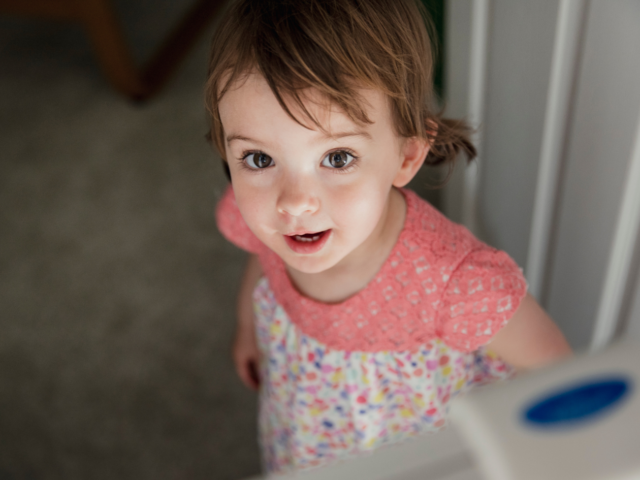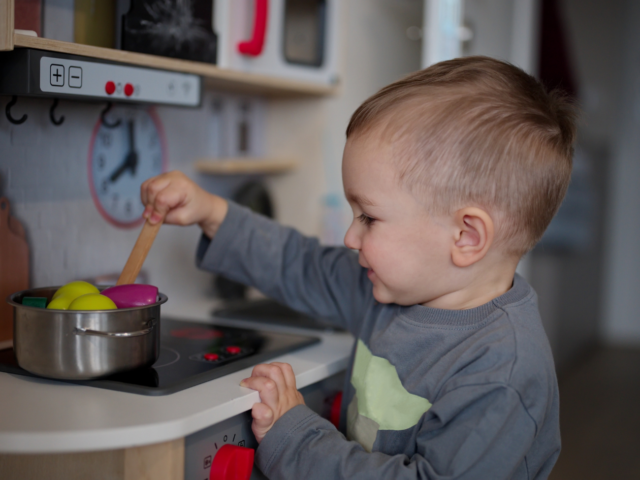Each year the charity publishes a report on poverty levels in the UK – the 2024 report is now available. It uses data from a variety of sources, including Understanding Society which is used to measure persistent poverty over time.
The Joseph Rowntree Foundation (JRF) found that more than one in five people in the UK (22%) were in poverty in 2021/22. Of these, 8.1 million were working-age adults, 4.2 million were children, and 2.1 million were pensioners. The number and proportion of children and pensioners in poverty rose between 2020/21 and 2021/22, as did overall poverty.
Read the report UK Poverty 2024.
When they looked at deep poverty, that is people living on an income below the poverty line, JRF found that four in ten of those in poverty were in very deep poverty. The poorest families had an average income that was 59% below the poverty line, with this gap increasing by around two-thirds over the past 25 years.
Living in persistent poverty
Understanding Society is used to measure persistent poverty, which is defined as having an annual income after housing costs that is less than 60% of the annual UK median in at least three years out of four. Particular groups are more likely to experience persistent poverty – lone-parent families and larger families face a bigger risk. Some ethnic groups are also more likely to experience persistent poverty. Information from Understanding Society showed that people in Bangladeshi and Black African households are the most likely to live in very deep poverty for a prolonged period of time.

When they looked over time, JRF found that although poverty rates for people in Bangladeshi and Pakistani households were higher than for other groups, the poverty rate for these households has fallen over the last 20 years. Twenty years ago, the majority of people in households headed by someone with a Bangladeshi (72%) or Pakistani (58%) back ground were living in poverty, while it is close to a half for both groups today. In contrast, poverty rates for Black African households have changed little over time, remaining at around 40%, while white households have a poverty rate of around 20%.
Family and householdsIncome and expenditureMoney and finances



